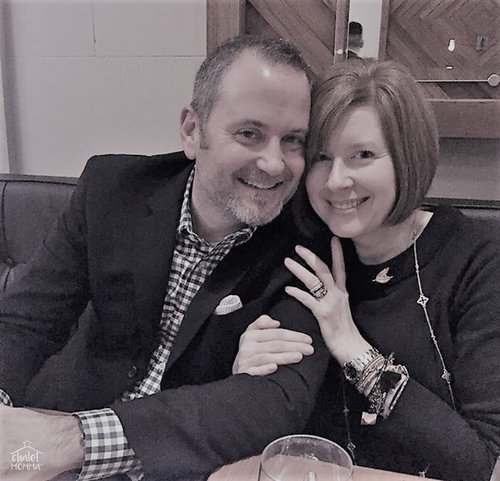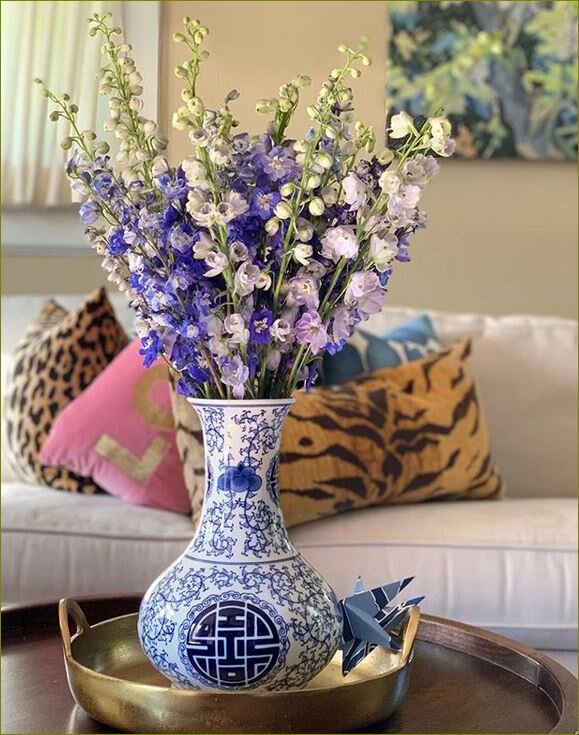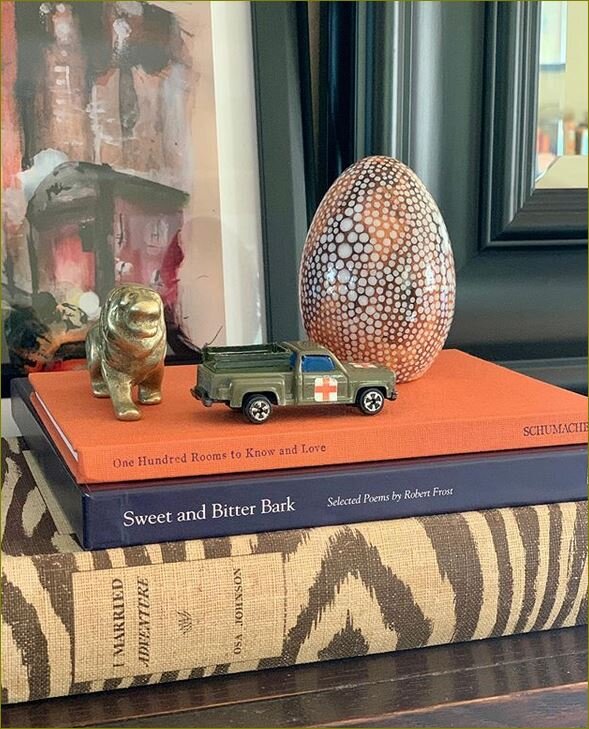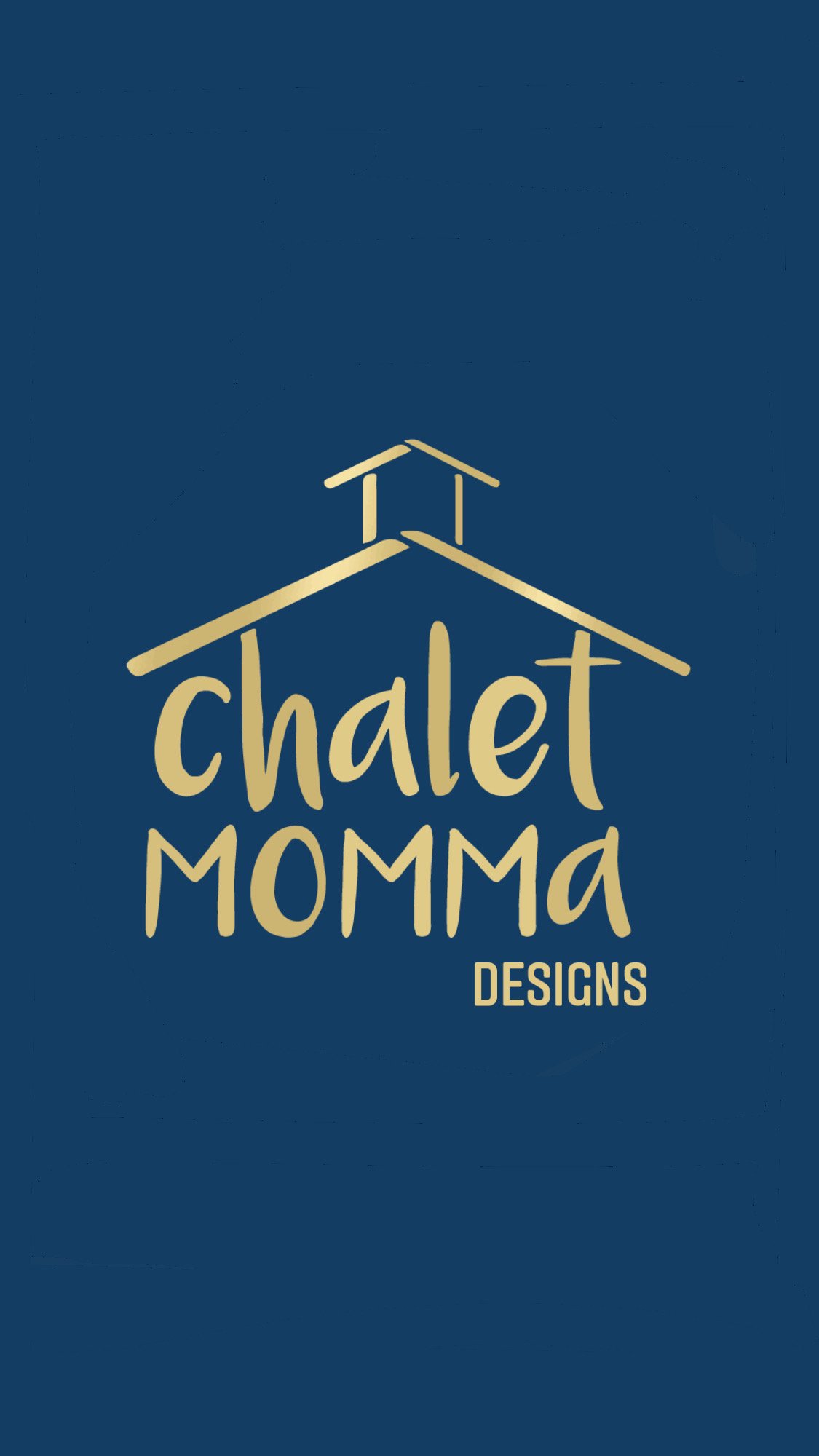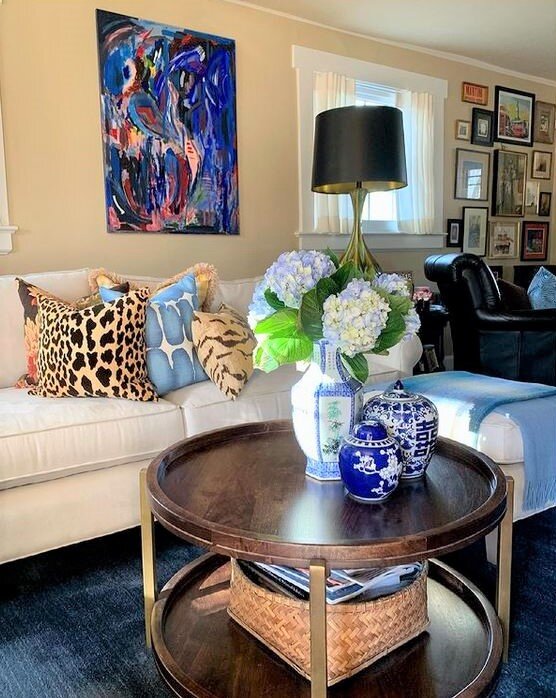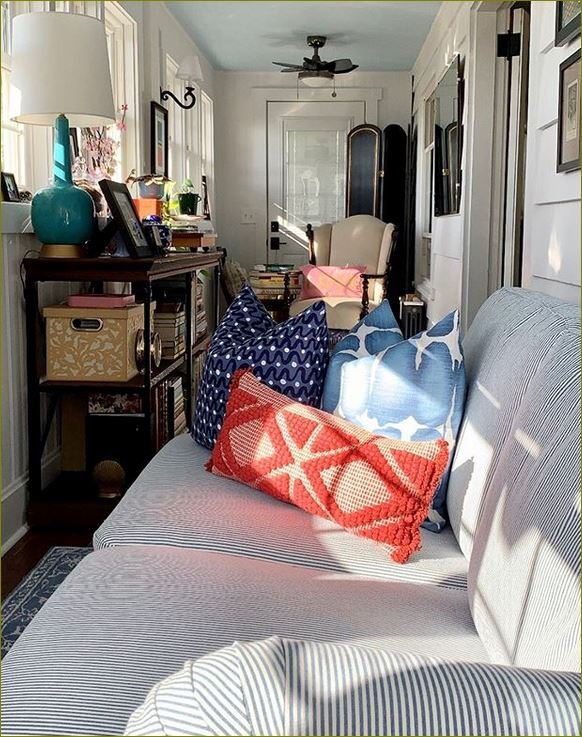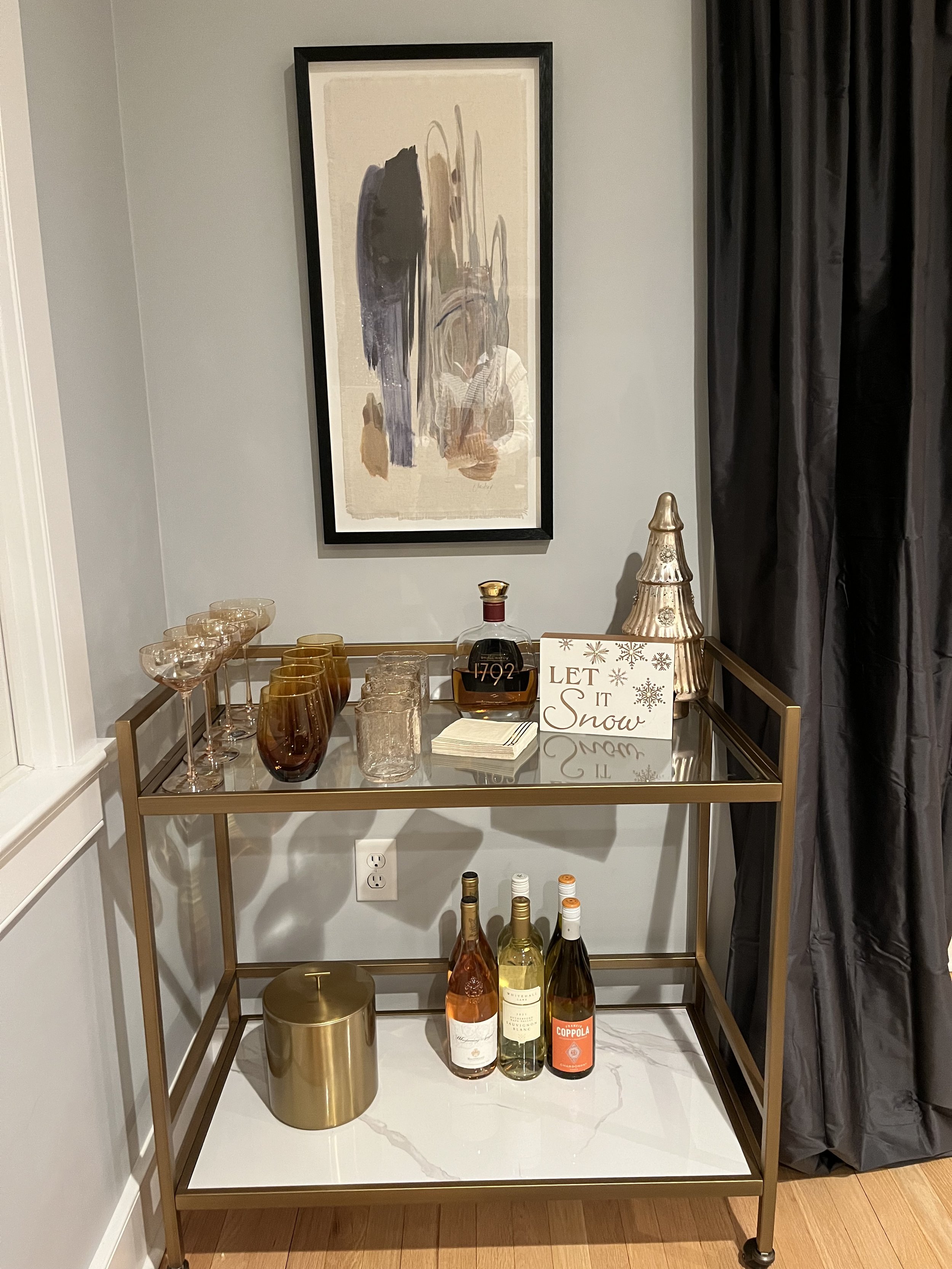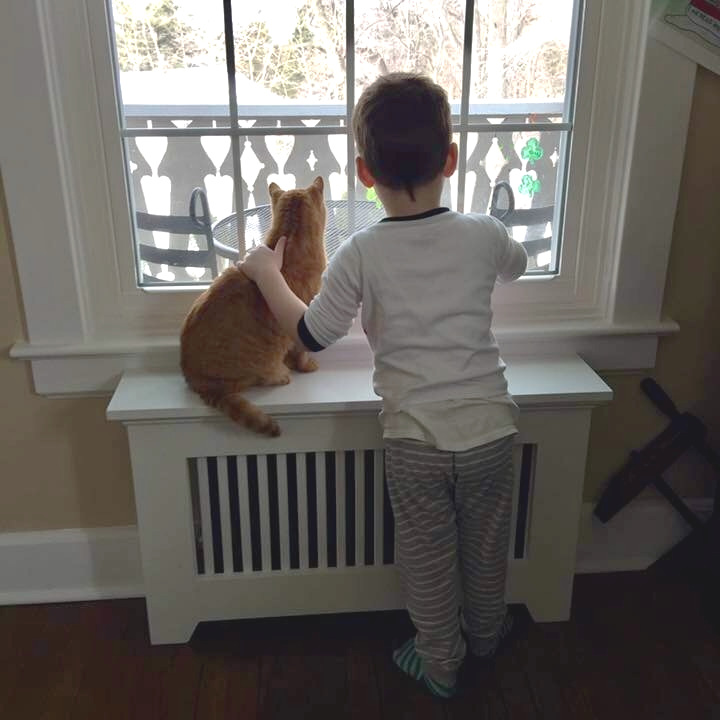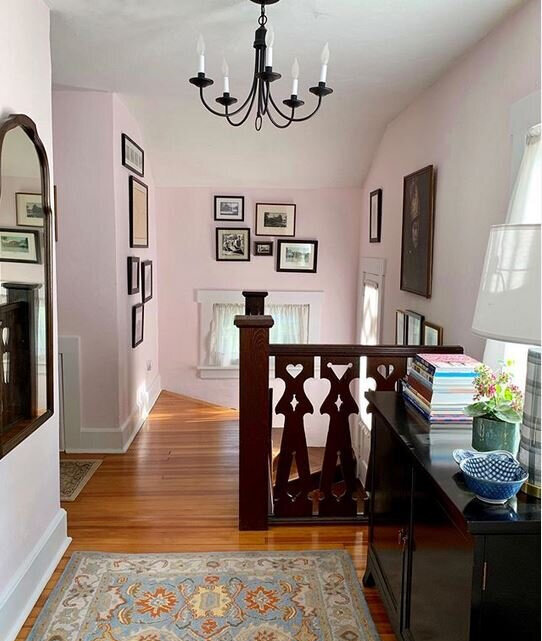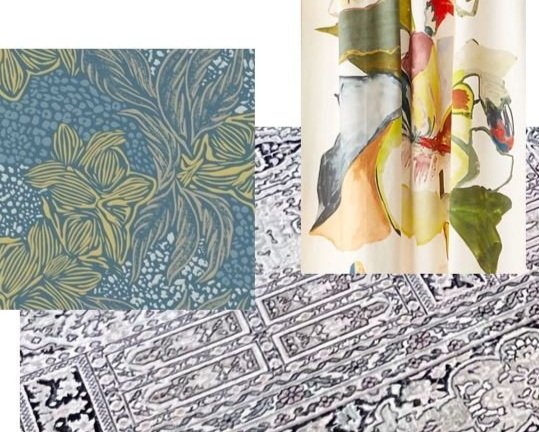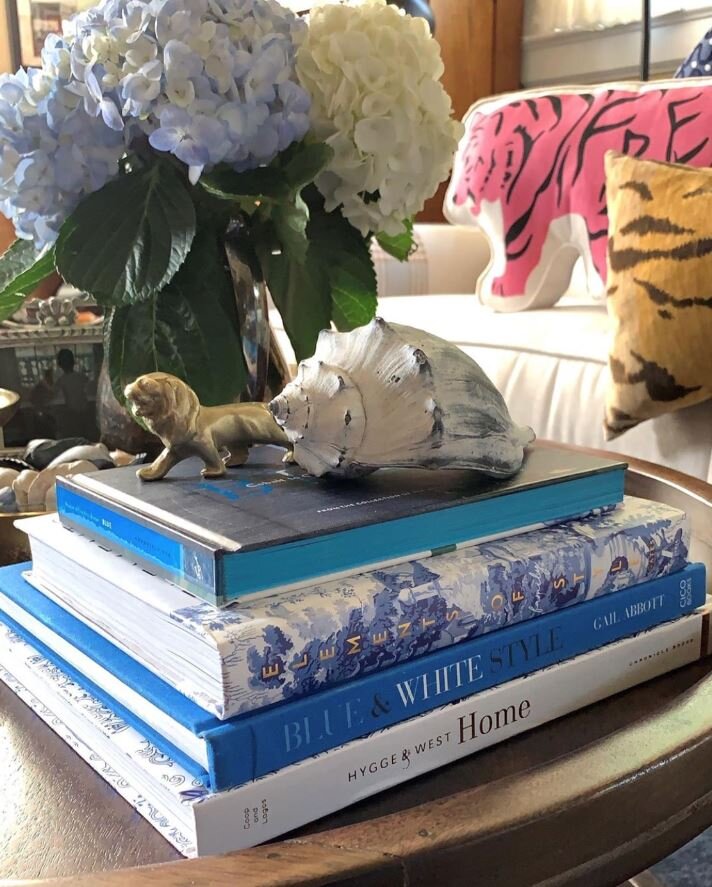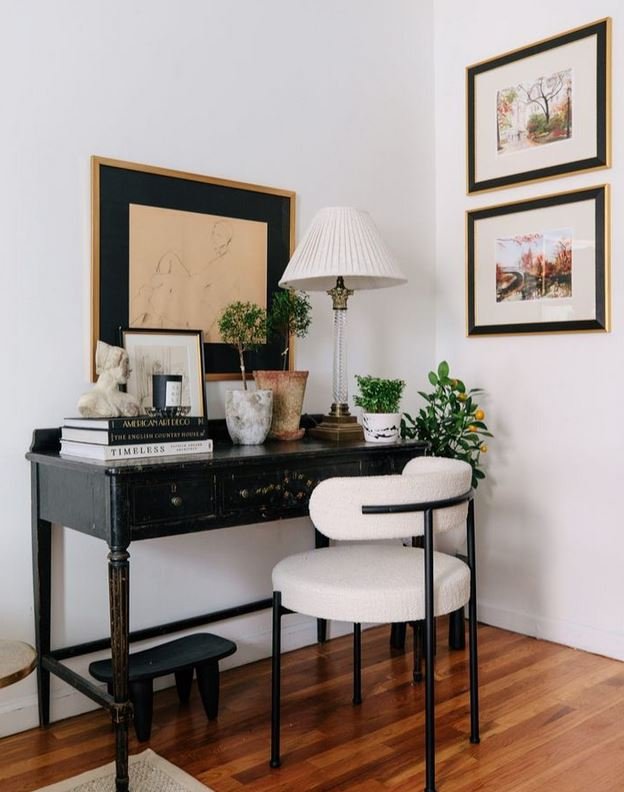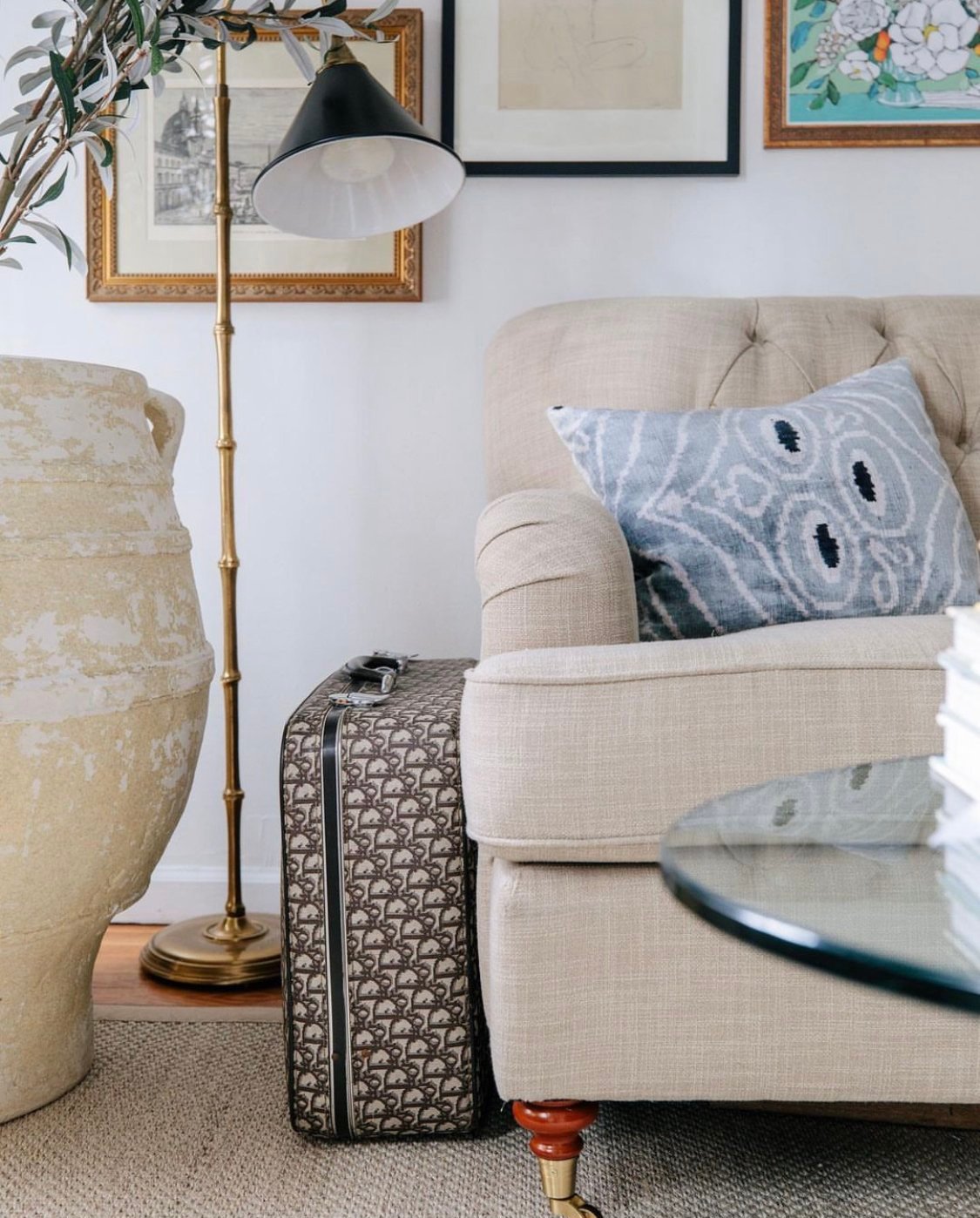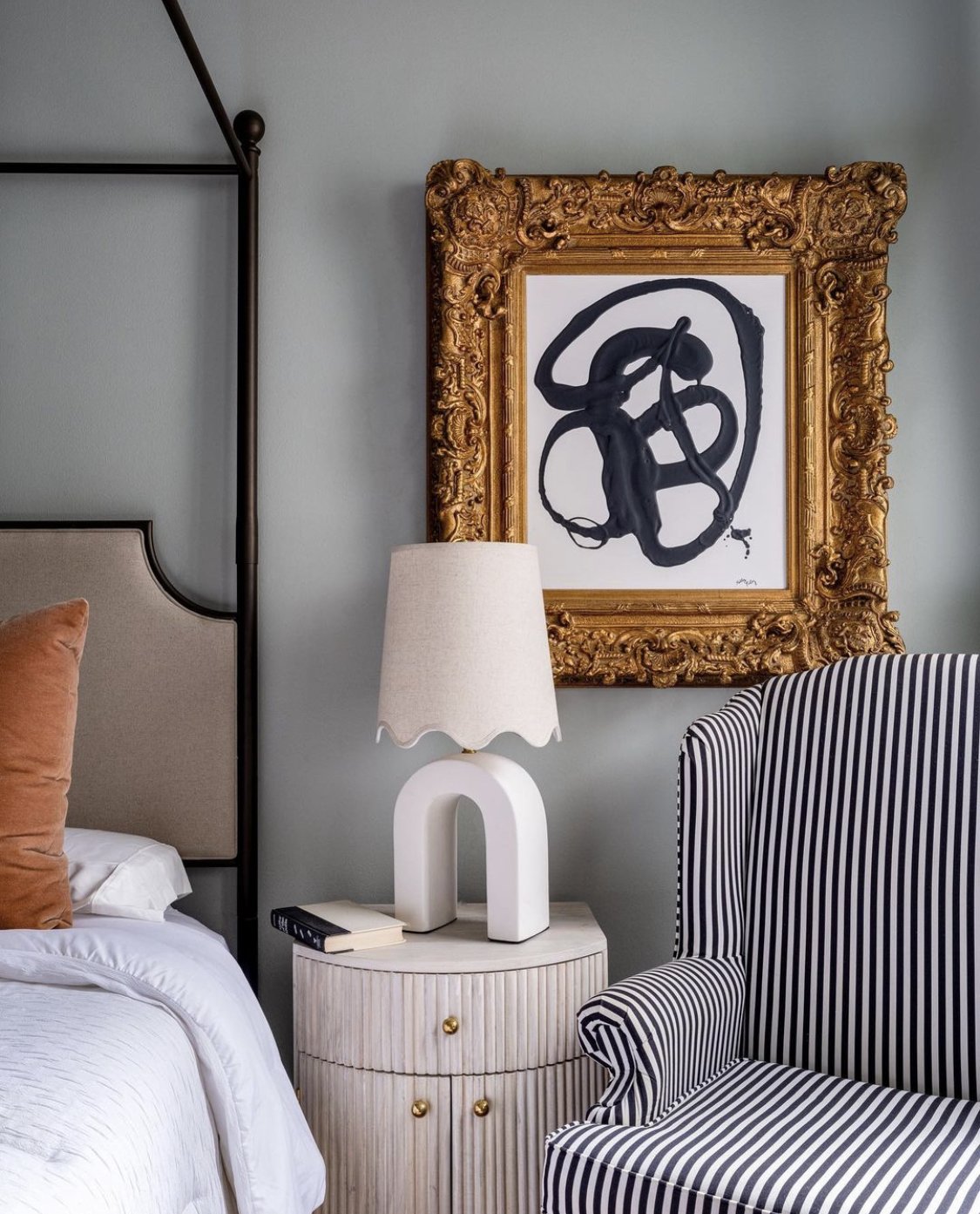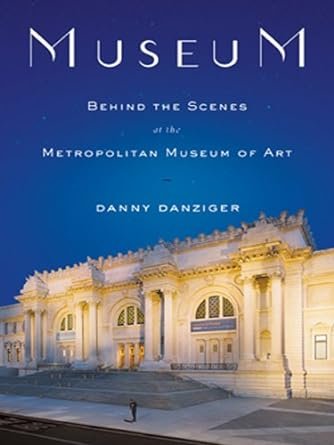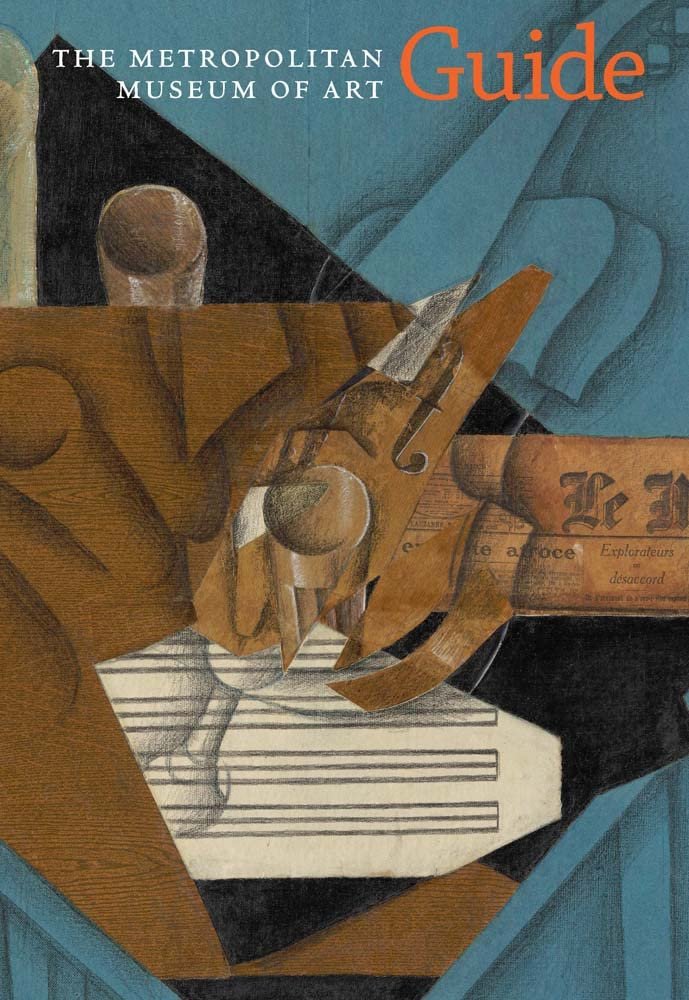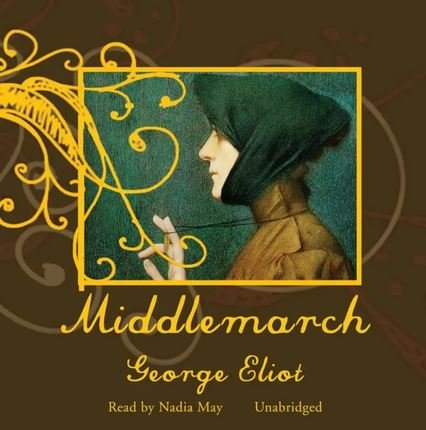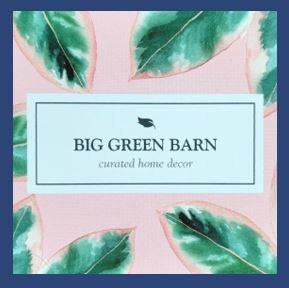Let's Meet Sarah Lyon
/Friends I’m thrilled to share my recent interview with freelance writer and stylist Sarah Lyon.
Sarah welcome to the Chalet. Please tell the readers how long you’ve lived in NYC and what drew you to the Upper East Side? Thank you for having me. I’ve sort of had two different lives in NYC! I moved to the city right after I graduated from college—seriously, two weeks after I received my diploma, I was here—and worked in magazines, starting out as an editorial assistant at the now-defunct Meredith publication American Baby. I lived in the city for two years and then left and went to grad school at the University of Pennsylvania, where I received my master’s in higher education. After living in Philly, I moved back to the DC area (where I’m originally from) for six years. I lived in various apartments in Washington, D.C., while working in communications at a K-12 school in Virginia and then in alumni relations at George Washington University. It was during this time that I began freelance writing (more on that in a bit), and during the pandemic, I decided that I wanted to move back to New York City. I moved back to Manhattan during the summer of 2021, and I landed on the Upper East Side because of how much I’d enjoyed living here before; it feels very neighborhood-like and is a great place to live as a 30-something.
You mentioned you’re originally from the Washington DC area - please tell us a bit about growing up. I grew up in Bethesda, Maryland, which is about 10 minutes outside of Washington, D.C. I always loved to rearrange my room as a child and would spend Friday afternoons moving furniture around after school. No one in my immediate family enjoys design as much as I do, but both my grandmothers liked to decorate their homes. My paternal grandmother, Rhee (who is 91!), has always been a kindred spirit here; even to this day, we love to go thrift and vintage shopping together when I visit her in Florida. She was always frequenting garage sales when my sister and I were kids and would find dolls and dollhouse accessories for us, which she would then repurpose if needed (she is an amazing artist who paints, draws, and sculpts, and has always been full of creativity). It’s been fun having her witness my career as an interior design writer. She will read my work online—she loves the Apartment Therapy website in particular—which I love!
Any memories of all that room rearranging? I remember shopping for furniture with my parents at IKEA and picking out pieces that I loved; there was a vertical organizer I had that was designed to be used as a CD holder (hello, 1990s!) but I would instead use the small compartments mostly to display various trinkets. I always loved switching up which pieces I placed inside each area. My church had an annual rummage sale that I always looked forward to (and still like to attend when I’m able!) and I would find lots of great items there. The American Girl books for tween girls were always fun to read as a kid and had lots of decorating ideas that inspired me, too. Like most of my friends, I had an over-the-door shoe holder filled with Beanie Babies, for example! I also loved doing crafts and would decorate picture frames and other small pieces for my bedroom. I was obsessed with keeping my bedroom nice and neat; even friends’ parents would comment on how good it looked.
Oh my Sarah that wonderful!
What was the genus of your writing career - I understand for a period of time you worked in Higher Education. I went to a small liberal arts college where we didn’t have pre-professional majors like journalism or communications, so I chose sociology because it interested me and then decided to focus on being a part of the student-run newspaper as my main extracurricular. I was extremely passionate about the school newspaper in high school and had taken a journalism class my sophomore year—which I’ll still find myself referencing today—but that’s really my only formal training; everything else I learned firsthand! As a freshman in college, I started out as a news writer for our weekly paper and then worked my way up: I became an assistant editor my second semester, served as the editor of the news section my sophomore and junior years, and then became the editor-in-chief as a senior. This was an extremely rewarding experience and was something that I had been working toward since I was 18! I was fortunate to have had the chance to intern at Bethesda Magazine, a regional lifestyle publication, a couple of times when I was home throughout college, and then the summer between my junior and senior year,I lived in New York City and interned at Parade Magazine.
When I graduated from college, I worked at American Baby but didn’t feel super optimistic about the state of the print magazine world. I reflected back on my interests from college and realized how much I had enjoyed covering and studying campus issues during my time both on the newspaper and as a sociology major. I decided to apply to graduate school for my master’s in higher education and greatly enjoyed learning more about issues including college access, diversity in higher education, and more. I then worked in communications at a K-12 school for about a year before deciding that I really wanted to be in higher ed, as I had intended when I received my degree, and moved over to George Washington University. I first worked in the development and alumni relations department at the business school before moving over to the engineering school. For most of the three and a half years I worked at GW, I was also freelancing on the side to earn extra money and to enjoy a creative pursuit outside of my day job, which was fairly corporate in nature.
When did you decide to fully commit to being full-time freelance writer? What was the a-ha moment. I’m definitely not always the most rational person in my day to day life, but I was extremely practical when it came to making this decision about my career. When it came to going full-time freelance, I didn’t take my decision lightly: after all, I had a job that I liked, and we were still in the middle of the pandemic.
As background, I had started freelancing part time in 2018 and my work really began to build in 2019. During the summer of 2019, I had really hit my stride with a bunch of regular assignments, and I also applied for and received a big promotion at GW. I was very happy with how my life was looking personally, professionally, and financially—I felt very balanced and proud of what I had accomplished as a 27 year old. However, I knew that the position I was in wasn’t very sustainable: I was working portions of every weekend to keep up with freelance work, and I didn’t want to take on too much more and risk letting my day job suffer. At the same time, I felt that if I wanted to move up in my career again in another year or so, I would have to think about cutting back on my outside writing. I was pondering all of this, and then the pandemic happened. At first, I was a bit worried about the state of both industries: journalism and higher education aren’t known for being super stable! Luckily, my day job remained intact, and meanwhile, the home industry began to boom.
During the pandemic, all of my work travel and event planning of course came to a halt, freeing up more time in my schedule to take on additional freelance assignments. I began to really consider the possibility of moving into a full-time role; all I did during fall 2020 and spring 2021 was work at both of my jobs, which was extremely overwhelming. It got to the point where I knew something had to give—if I couldn’t maintain a semi-balanced life in the absence of social plans, travel, and the like, I knew I wouldn’t be able to do so once the world opened back up. I had been tracking my freelance income for about six months and it was consistently exceeding my income from my day job significantly. Once I felt confident that this would continue to be the case, I put in my one-month notice at work, and my full-time freelance career began!
I definitely took a more conservative approach than most here: I probably *could have* gone freelance two years prior but didn’t want to compromise my day-to-day standard of living or take any major risks; and as a single, childless woman in my 20s, I pushed myself to juggle both of my careers for as long as I feasibly could. I did finally feel that this was the time in my life to make a change.
What do people think you do as a Freelance Writer. I’ll get inquiries from people offering to pay me $$$ to place them or their client in an article - that is not how journalism works, even if you’re covering a fun subject matter like I am.
Switching gears let’s touch on your interior design style. You’ve spoken about adding Parisian Charm to your UES apartment - How did you find your style? I feel as though my design style is always changing and evolving a bit, but I’ve been drawn to the Parisian look for quite some time. When I lived in Washington, D.C., one of my apartments featured beautiful fireplaces (not the marble Parisian style ones, but they inspired me nonetheless). I then got into the concept of adding faux mantels to a space; I did so in my D.C. apartment after that and then again here in New York. I am constantly inspired by what I see on Pinterest, I probably use the app at least once a day! I am always saving images that speak to me and using them to inspire my next apartment upgrade.
Would you agree your favorite design element is a fireplace. Yes! I love the faux mantels that I added to my space; my current apartment is pretty cookie cutter and doesn’t have much architectural character (minus the built-ins in my living room, which I love). I am all about creatively adding charm and personality to rental spaces; knowing I can do some of this myself takes some of the pressure off when it comes to finding the “perfect” place.
What is your design philosophy? I always say that a room is never finished! I am always tweaking my space and adding in new fun finds and shifting around furniture. It keeps things interesting!
You find a lot of home décor through Facebook Marketplace – as well as flea markets - What is the best thing you’ve ever thrifted. Oh gosh, that’s hard for me to say—I am at a flea market almost every weekend and check Facebook Marketplace several times a day, so I’ve accumulated some incredible items over the years! One of my all-time favorite secondhand finds is a vintage Dior logo suitcase that I found at the Chelsea Flea; I use it as decor (and storage!) in my bedroom.
You were featured on an episode of Homewothy. How did that happen? I actually reached out to Alison and pitched myself; we had a great time filming and it’s been nice to share a glimpse of my space with the world—many people have come to my Instagram account from that video!
How has Social Media and especially Instagram impacted you and your career? I have mixed thoughts here! I began my Instagram page in 2016, back when I had a small lifestyle and design blog called DC to a T (I believe all of my posts have disappeared, sadly!). My page has grown so slowly in comparison to other creators. I don’t think it will ever really be anything big and I now sort of just use it as a portfolio to showcase some of my home projects and articles and as a means to connect with new sources to interview and follow. I will say that I truly believe I have the most supportive Instagram community ever! My followers are the kindest, most supportive people—they always have my back and lift me up. Many of them have been following along since the DC to a T days, but I’ve also met so many new, wonderful people since moving to New York. Many of my good friends in the city these days are other people with public accounts who I’ve gotten to know through Instagram.
Anything upcoming for the rest of 2023 you wish to share with the readers? I’ve had a busy travel year thus far and am not sure what the rest of 2023 will hold—I’m sure I’ll continue to take on more fun home projects and write a ton, of course!
Sarah I looked you up on Apartment Therapy it shows you’ve been published 819 times on the platform. That’s quite an accomplishment.
Below is a sampling of a few of the many articles you’ve written; including two published this week.
Designing A Vacation Home? Here's What To Do (And What Not To Do), According To The Pros
Experts Share 6 Things You Should Always Do Before an Open House
How to Use Analogous Colors to Make Your Home Look Expertly Designed
Tour a Panama City Apartment With Two Kitchens, Two Living Rooms, and More
Tour a Parrish Chilcoat–Designed House in Memphis Inspired by Nature’s Hues
Sarah thank you so much for taking the time to chat I really appreciate it!
Friends you can follow Sarah on Instagram and check out her Website to read her latest articles. Til next time be well!


